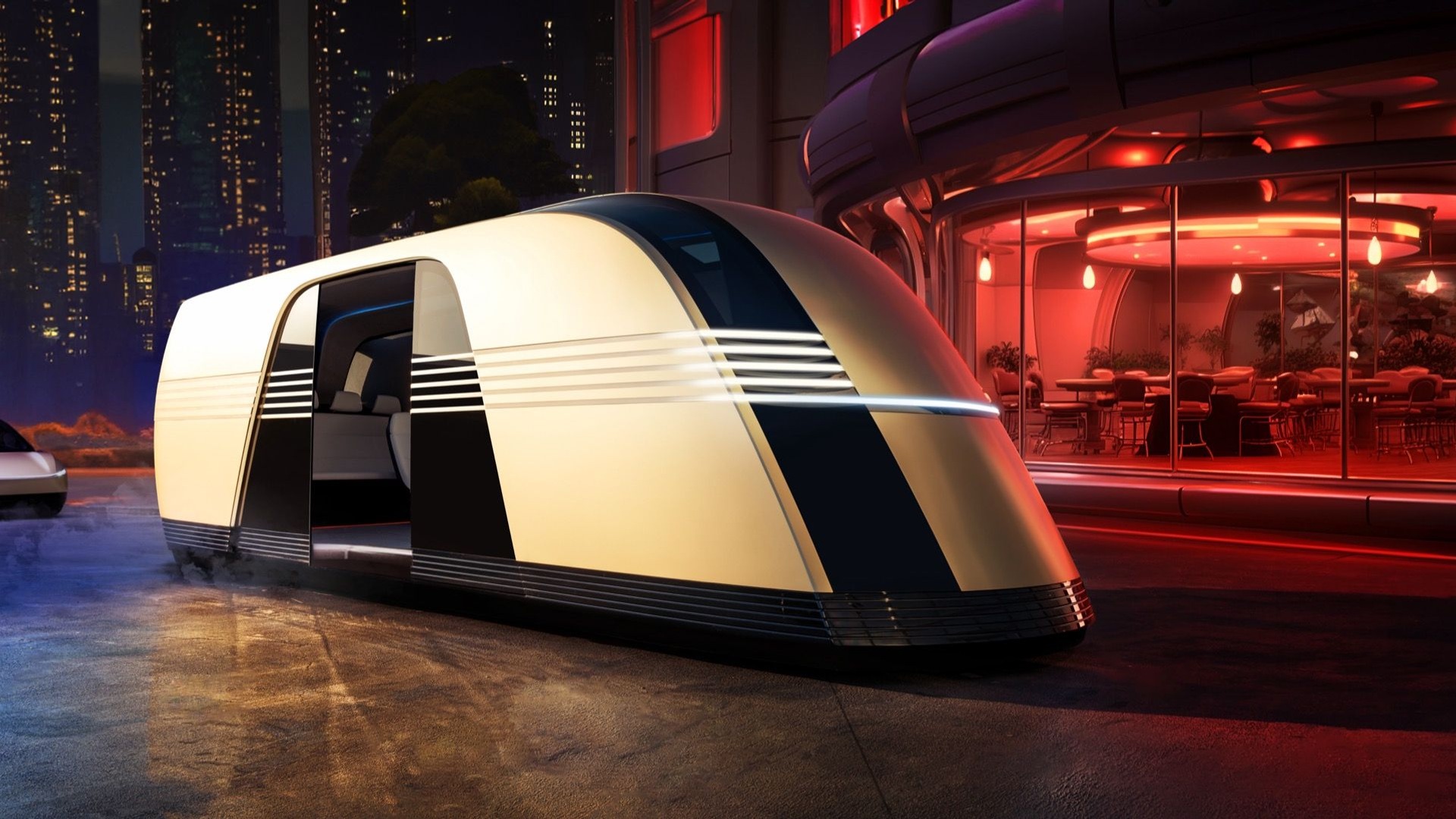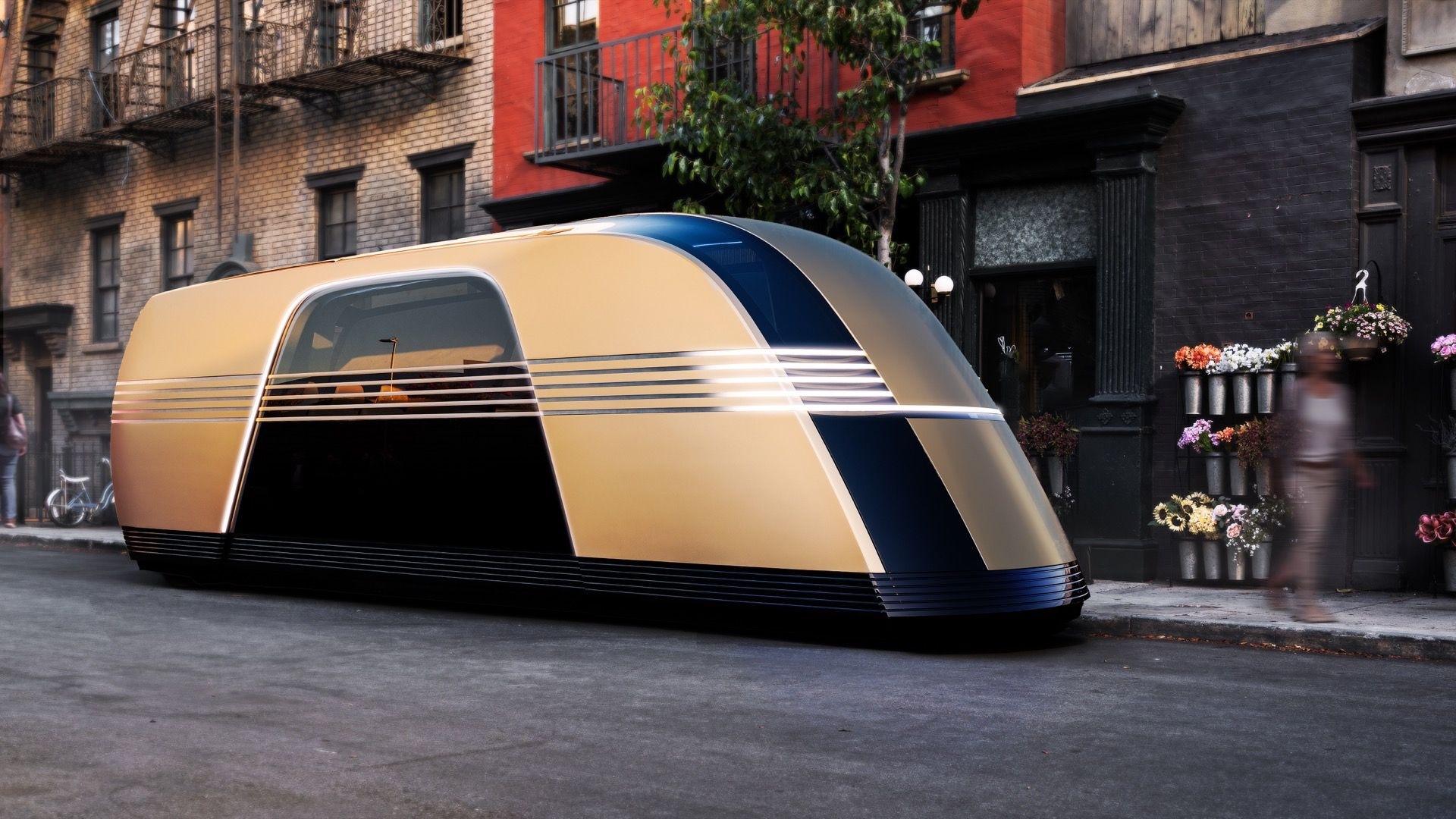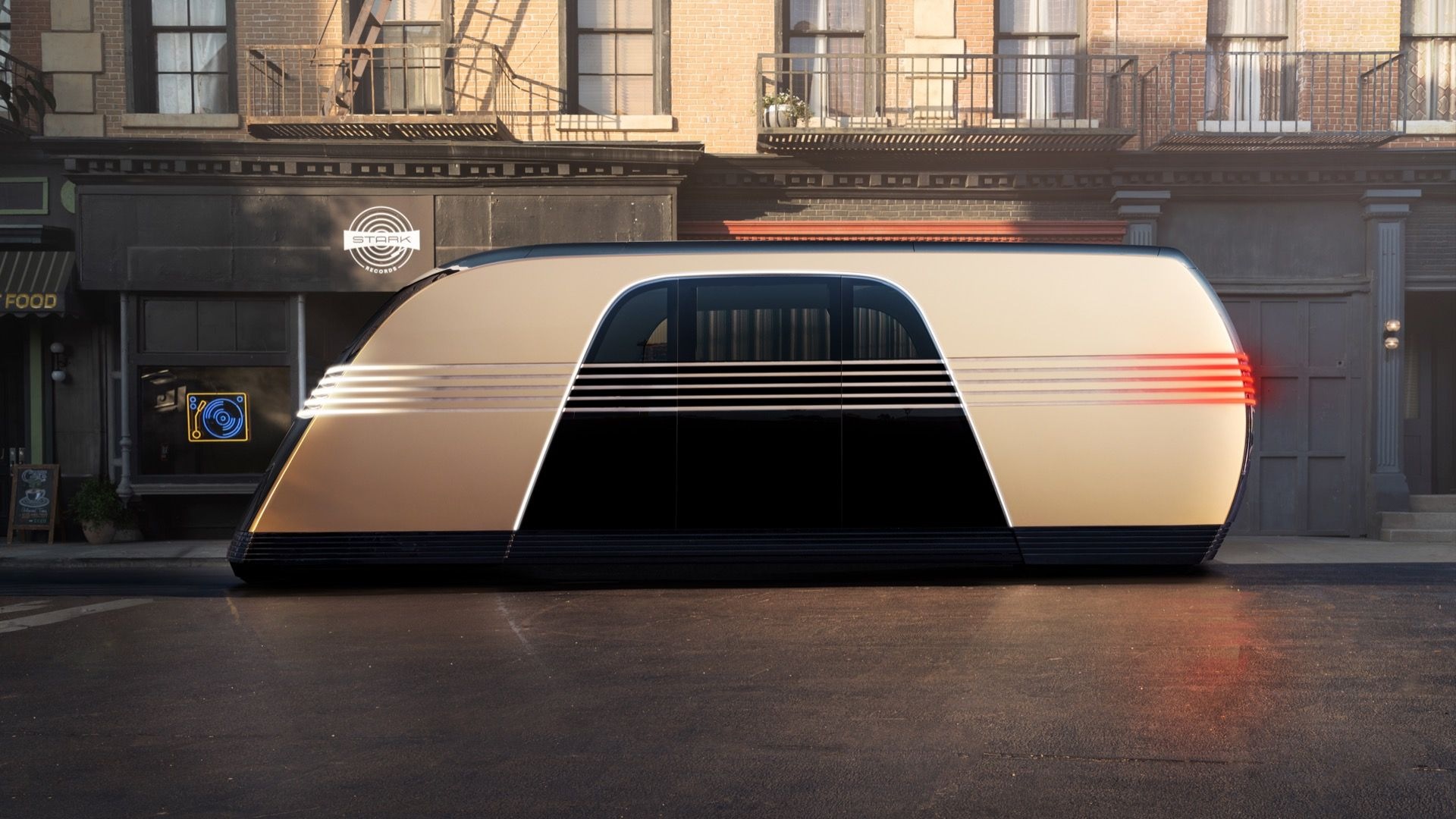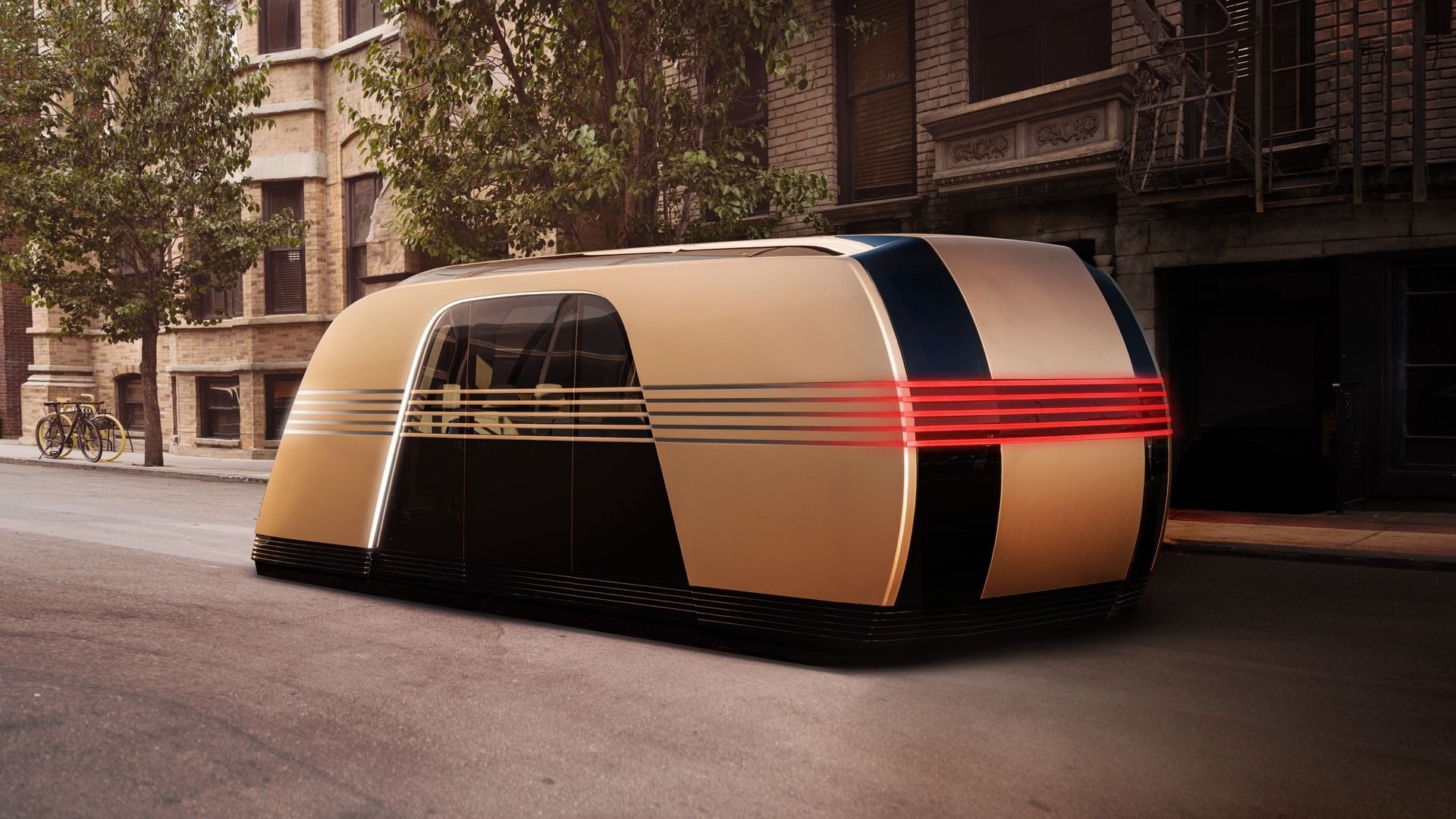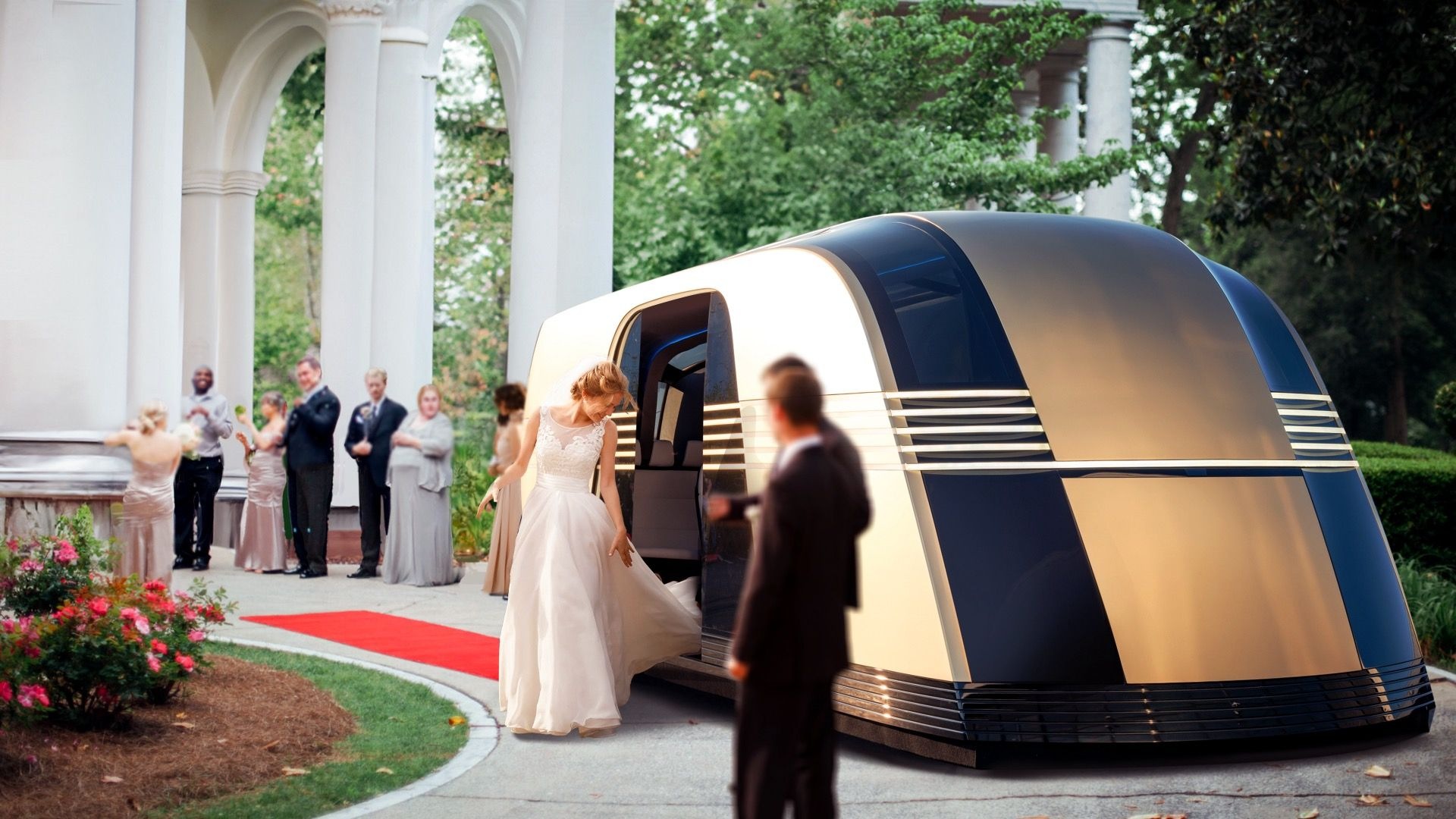- Tesla reveals Robovan and Cybercab robotaxis
- Robovan designed to carry up to 20 passengers
- Versions designed to haul cargo planned
Tesla's reveal of the Cybercab robotaxi on Thursday also included the surprise reveal of a larger Robovan robotaxi.
While the Cybercab is a small two-seater designed for hopping around urban environments, the Robovan is able to carry up to 20 passengers, making it ideal to operate in services that currently rely on minibuses and other similar high-capacity vehicles.
Speaking at the reveal, Tesla CEO Elon Musk estimated that the Robovan could deliver a cost as low as 5-10 cents per mile per person, though he didn't provide a breakdown of that cost.
Like the Cybercab, the Robovan will be offered to both private and fleet buyers, though Tesla didn't say when the Robovan will be available, or how much it will cost. It will likely arrive after the Cybercab, which Musk said is targeted for launch in 2026 with a starting price of less than $30,000.

Tesla Robotaxi Cybercab
The Robovan features styling clearly inspired by the Art Deco movement that was popular in the 1920s and the following decade. Musk said the design will remain unchanged for production, though it's hard to imagine how such a low ride height will be maintained. While the version shown had mutiple seats, Musk said versions designed for other needs, such as hauling goods, are planned.
The Robovan, like the Cybercab, is devoid of a steering wheel and pedals. That's ambitious considering Tesla is yet to demonstrate a self-driving system that can function without constant supervision.
The company's Autopilot with Full-Self Driving (FSD) system is only ranked at Level 2 on the SAE scale of self-driving capability. Level 3 is the first stage where a car can operate without supervision, and currently only Mercedes-Benz's Drive Pilot system is ranked at Level 3, at least when it comes to private cars.
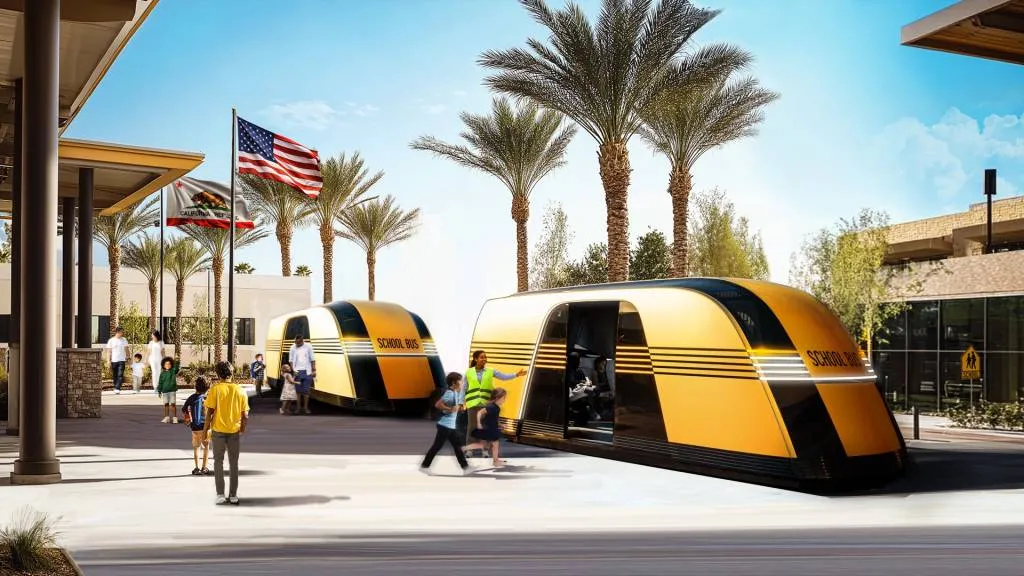
Tesla Robovan

Tesla Robovan
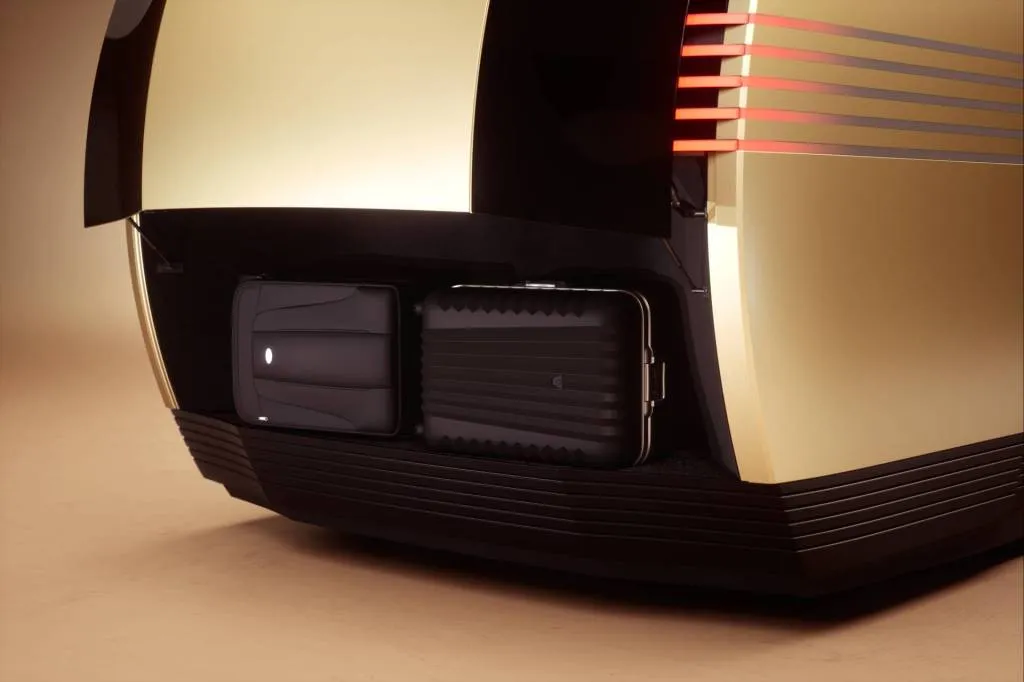
Tesla Robovan
Musk said on Thursday that Autopilot with Full-Self Driving (FSD) will be able to operate in unsupervised mode next year, albeit only in California and Texas initially. He didn't say what conditions the enhanced system will have.
Tesla eventually plans to launch an Uber-style service called the Tesla Network, in which its robotaxis will operate. Anyone with a self-driving Tesla will also be able to add their vehicles to the Tesla Network fleet. Musk in 2019 said Tesla would take a cut of any revenue generated, hinting at a figure of 25-30% at the time.
General Motors-backed self-driving technology company Cruise planned a similar vehicle to the Robovan, in the form of the Origin robotaxi that was first shown as early as 2020. However, Cruise in July dropped plans for the Origin, and said its future robotaxis will be based on a next-generation Chevrolet Bolt EV.
